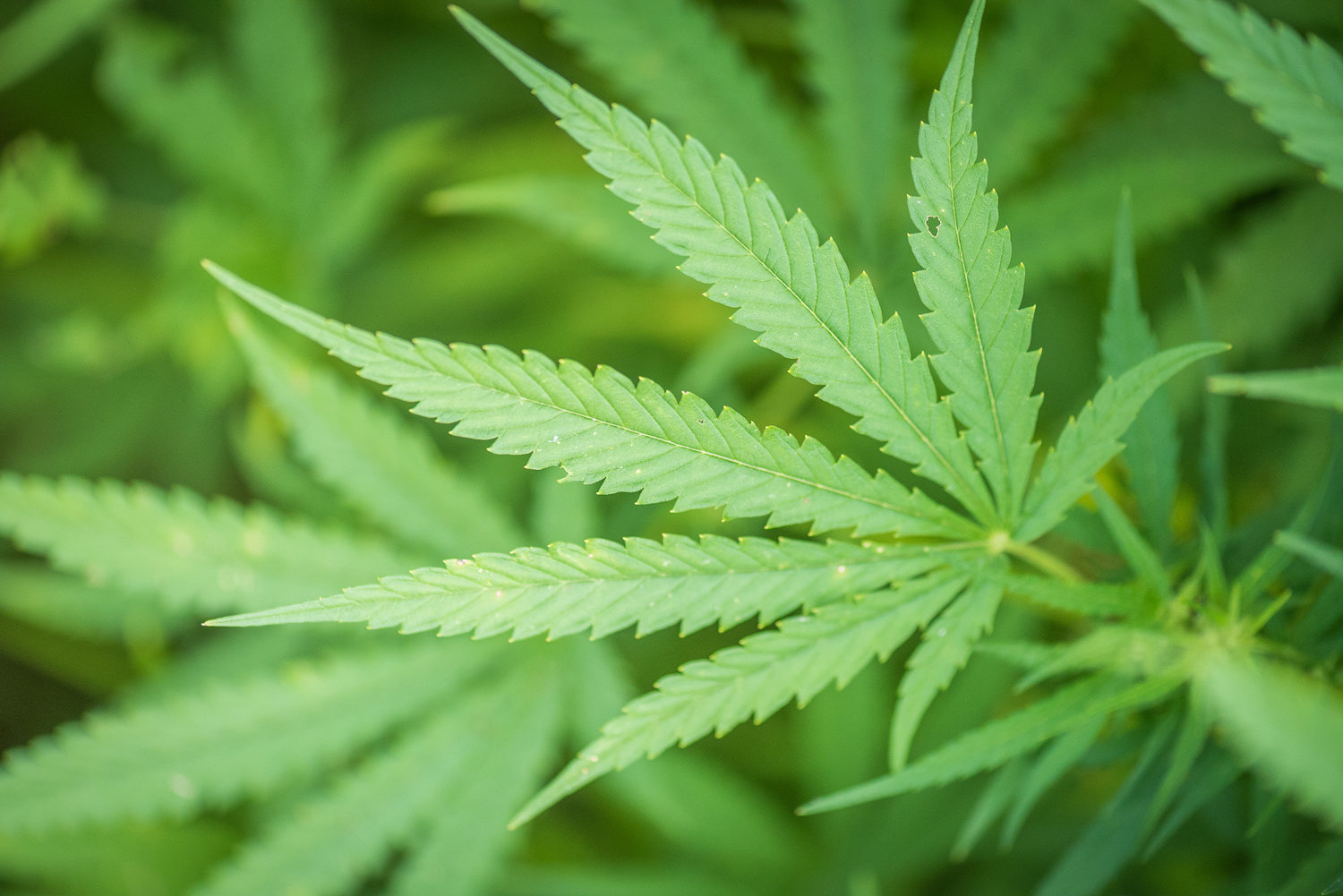Industrial Hemp Trial
Over the course of a four-year trial, we are exploring hemp’s powerful potential to heal soil and support farmers.
Hemp, marijuana’s non-psychotropic cousin, was grown in Pennsylvania for more than 260 years as a valuable cash crop. Banned in the 1930s, hemp production became legal for research purposes in 2014. We are exploring the plant’s potential to suppress weeds, add diversity to crop rotations, and boost farmers’ bottom lines.
The Benefits of Hemp
As a cover crop, hemp enhances soil health by shading out weeds—reducing the need for synthetic herbicides—and adding diversity to crop rotations, improving soil health.
Hemp is also versatile in the market, with thousands of uses for its seed, oil, and fiber. Hemp can be used to make textiles, building material, livestock bedding, paper products, bioplastics, and more. It is stronger and more durable than cotton, yet requires less space and less water to grow.
Hemp contains a compound called cannabidoil, or CBD, that has therapeutic applications. Hemp seed, which contains less than .3% THC and is non-psychoactive, is high in protein. Hemp oil has both culinary and industrial uses.
Hemp’s desirability means that successfully cultivating hemp can improve the livelihoods of organic farmers.
Our Research
Industrial Hemp Variety Trial
The variety trial, conducted in 2017 and 2018, uses a randomized complete block design. Each block is planted with 3 Cannabis sativa varieties with a grass control plot. Fiber, seed, and oil content will be analyzed in the three varieties. The variety trial will continue in year 3 with hemp, and in year 4 the plots will be planted to corn. The crop rotation is shown in the table below.
Our intent is to discover:
- Which varieties grow best in southeastern PA
- Hemp’s fertility needs and the timing of planting and harvest
- Narrow varieties to fit into an organic crop rotation
- Fiber and grain yield for different varieties
| Spring 2017 | Fall 2017 | Spring 2018 | Fall 2018 | Spring 2019 | Fall 2019 | Spring 2020 |
| Anka* | Till, vetch | Anka | Till, clover + nurse crop** | Anka | Till, vetch | No-till, corn |
| Santhica 27* | Till, vetch | Ivory | Till, clover + nurse crop** | Ivory*** | Till, vetch | No-till, corn |
| Santhica 27* | Till, vetch | Ivory | Till, clover + nurse crop** | Ivory*** | Till, vetch | No-till, corn |
| Canda* | Till, vetch | Canda | Till, clover + nurse crop** | Canda | Till, vetch | No-till, corn |
* Anka is marketed as a dual-purpose variety, Santhica 27 and Ivory as fiber varieties, and Canda as an oilseed variety.
** Nurse crops are a mix of winter cereals that will help establish clover.
*** Ivory was substituted for Santhica 27 since Santhica was unavailable from seed suppliers.
Weed Competition Trial
The weed competition trial takes place in a field previously infested with naturally high densities of yellow foxtail (Setaria pumila) and red root pigweed (Amaranthus retroflexus). The design is completely randomized with four replicates of each plot. The crop rotation is shown in the table below and will be managed as either a no-till or tilled system.
Our goal is to evaluate hemp’s potential as a dual cover and cash crop that can address weed issues and enhance soil health. The trial will help us understand nutrient requirements for growing hemp in southeastern Pennsylvania, specifically.
Our intent is to discover:
- Hemp’s ability to suppress weeds compared to sorghum sudan grass’s ability to suppress weeds
- How industrial hemp fits into an organic grain crop rotation
- Differences in tilled and reduced-tillage systems
To do so, we’re measuring:
- Cash crop yield and biomass
- Weed species density and biomass
- Stand counts
- Plant growth
- Bud emergence
- Crop biomass
- Pre-crop and post-crop soil collection to measure compaction, bulk density, chemical analysis, and weed seed bank
| Spring 2017 | Fall 2017 | Spring 2018 | Fall 2018 | Spring 2019 | Fall 2019 | Spring 2020 |
| Sorghum Sudan | No-till, rye | No-till, soybean | No-till, wheat | (cont.) | Till, vetch | Anka |
| Sorghum Sudan | Till, rye | No-till, soybean | Till, wheat | (cont.) | Till, vetch | Anka |
| Santhica 27 | No-till, rye | No-till, soybean | No-till, wheat | (cont.) | Till, vetch | Anka |
| Santhica 27 | Till, rye | No-till, soybean | Till, wheat | (cont.) | Till, vetch | Anka |
| Fallow | Till/no-till, rye | No-till, soybean | Till/No-till, wheat | (cont.) | Till, vetch | Fallow |
Results
So far, research has shown that industrial hemp grows very quickly and performs just as well, if not better, than other cover crops. Our experience has shown hemp to be a resilient plant and a potential tool for bioremediation—plus, the bees love it. Our research will continue until the end of 2020.

Hemp seed, oil and fiber have over 25,000 uses combined
Watch the Video
For another look at our pioneering research, check out this video from Hemp History Week 2018:
